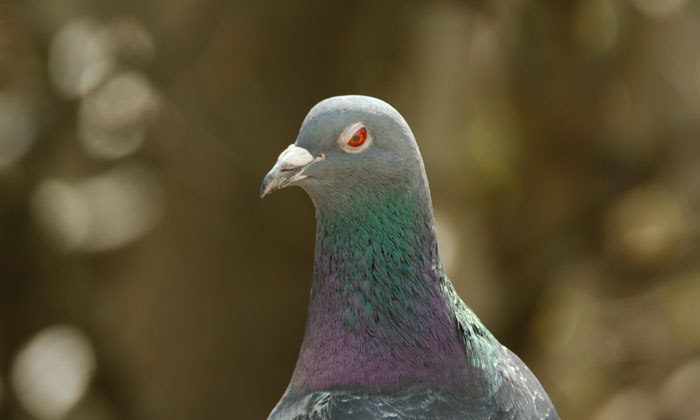Manchester terminal demolition attracts pigeons
Posted: 25 March 2018 | International Airport Review | No comments yet
Local media reports have suggested construction work at one of the UK’s biggest airport is having some unexpected consequences.


CATCH THE PIGEON: The works have apparently created more work for wildlife management
Manchester Airport, the UK’s third biggest airport and the only one of the top five located outside the capital, is in the midst of a £1 billion transformation. Work on the 10-year project began last year and saw the demolition of parts of Terminal 2. This demolition, however, seems to have opened a door to wildlife, according to an editorial in the Manchester Evening News, with hordes of pigeons descending on the site to root around the debris.
The report quotes Anthony Clarke, the Wildlife Control Manager at Manchester Airport. He said: “Part of our job is to look at what’s going on in the environment around the airfield, on areas such as building sites. The demolition of Terminal Two created a big dinner plate for birds.
“The first few metres of top soil on a site like that are a good food source. This attracted feral pigeons. It’s something we’ve had prior experience in and it’s petered out now because the buildings are going up.”
Join us live: Shaping the Next Generation of Hold Baggage and Air Cargo Screening
Join us live for an insightful webinar on 11th December at 14:00 GMT, in collaboration with Smiths Detection, as we explore the strategic balance of operational efficiency, regulatory compliance, and sustainability in high-volume security environments.
This session offers a focused look into future-proofing your security strategy.
Key learning points
- Cost Reduction: Strategies to minimize bag travel time while simultaneously reducing operational costs.
- Regulatory Roadmap: Insights into the next wave of regulatory changes and their impact on future investment decisions.
- Sustainable Systems: Practical approaches to building sustainability into security systems and lowering the total cost of ownership (TCO).
- Scalable Solutions: Real-world examples of scalable systems supporting current airport growth and preparing for tomorrow.
Register now for expert insights, case studies, and actionable strategies on operational efficiency!
He added: “I don’t think passengers fully realise all we do to keep the runways safe. And I think it’s only with incidents like the bird strike on the Hudson River that people think about it.”
In February, Manchester Airport, which is owned by the Manchester Airports Group (MAG), marked the completion of the first major phase of its transformation, six months after beginning work, with the tightening of the final steel bolt on the first new pier’s steel framework.
The programme will also see the full handover of the first pier, the construction of a second, changes to the highways and Terminal Two forecourt and the creation of a new baggage hall to service the new Terminal Two extension. The new pier is expected to be up and running by next summer and once completed Terminal Two will have grown by more than 140 per cent.
Stay Connected with International Airport Review — Subscribe for Free!
Get exclusive access to the latest airport and aviation industry insights from International Airport Review — tailored to your interests.
✅ Expert-Led Webinars – Gain insights from global aviation leaders
✅ Weekly News & Reports – Airport innovation, thought leadership, and industry trends
✅ Exclusive Industry Insights – Discover cutting-edge technologies shaping the future of air travel
✅ International Airport Summit – Join our flagship event to network with industry leaders and explore the latest advancements
Choose the updates that matter most to you.
Sign up now to stay informed, inspired, and connected — all for free!
Thank you for being part of our aviation community. Let’s keep shaping the future of airports together!


















